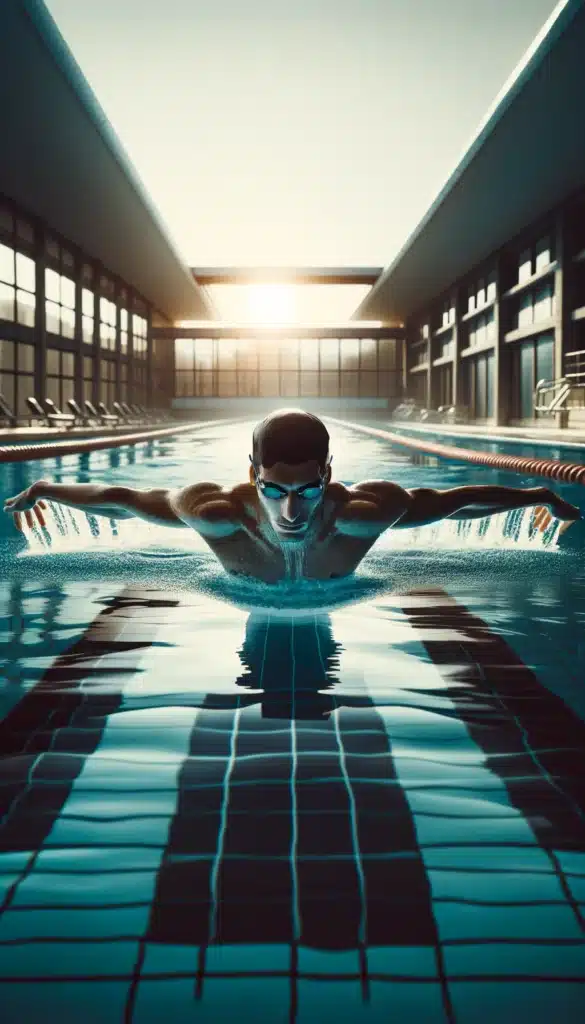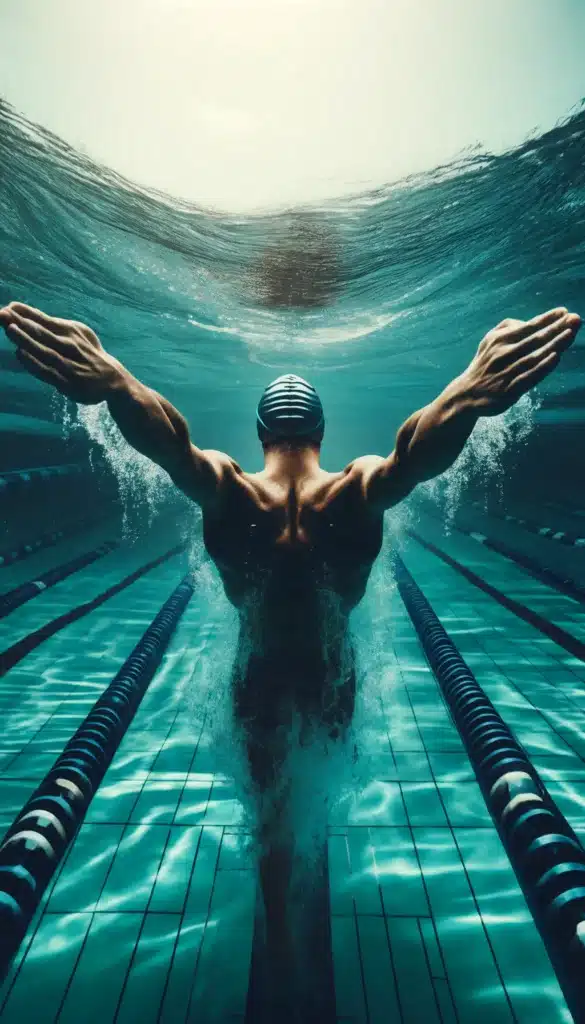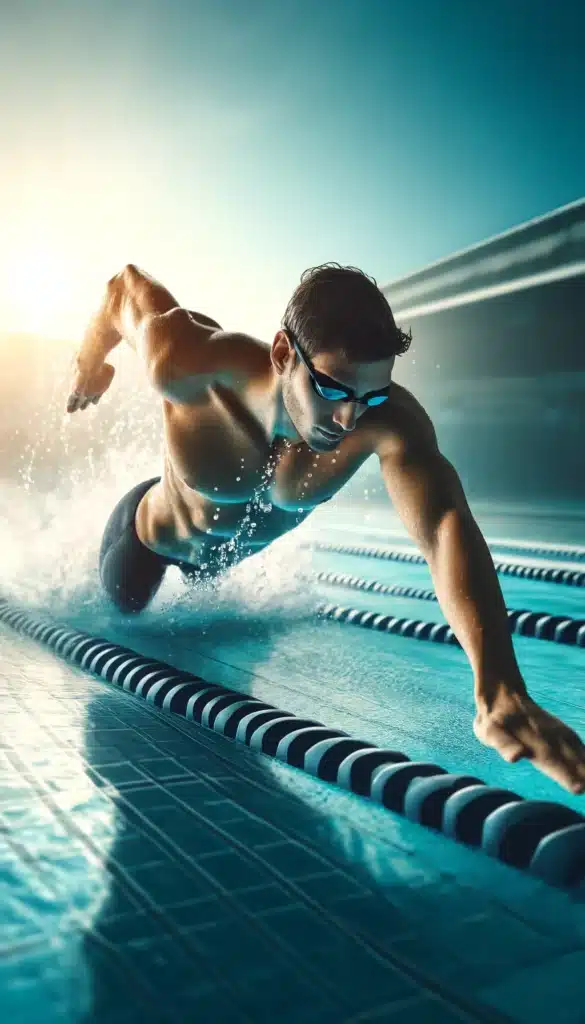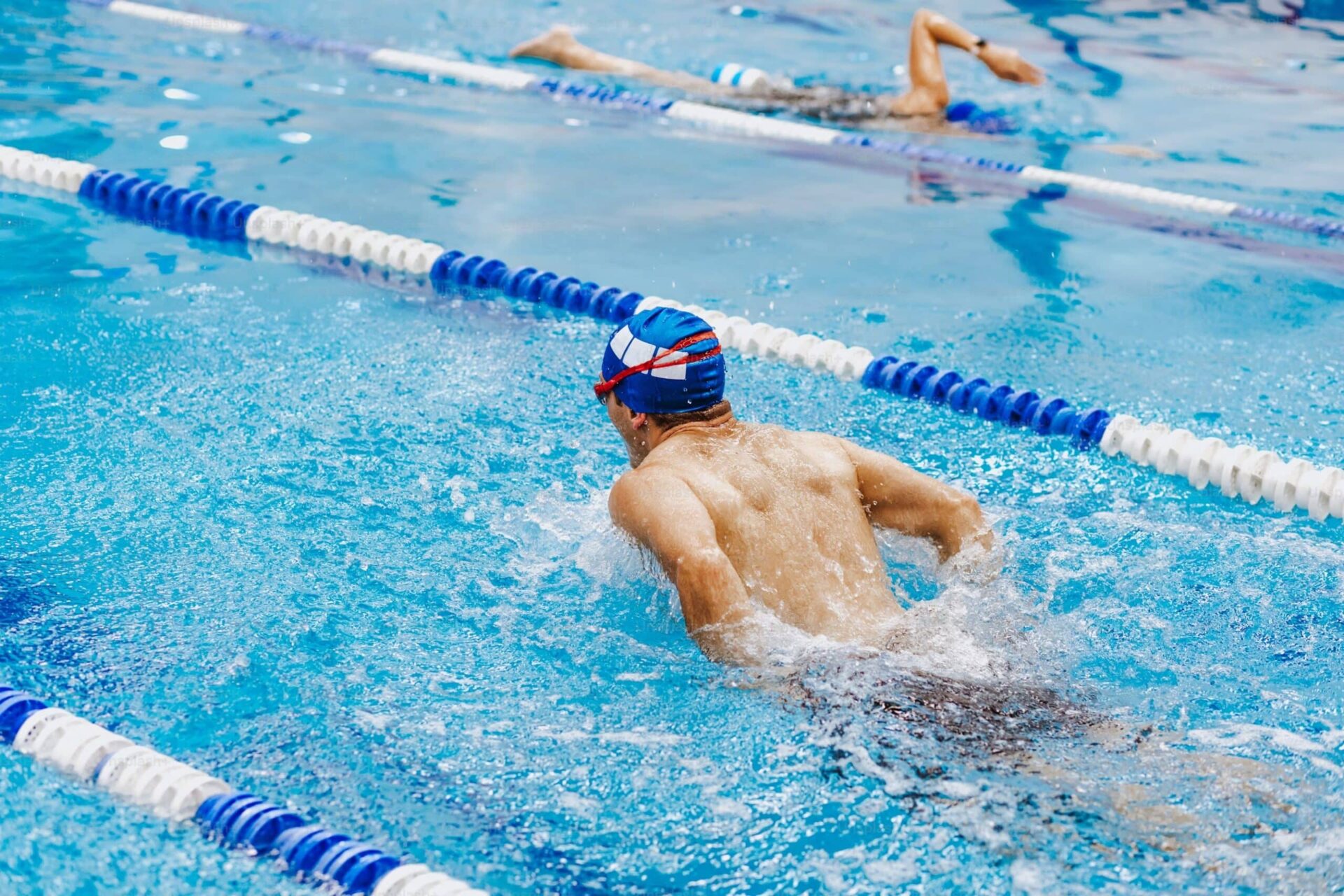Most swimmers find the breaststroke to be the most relaxing stroke, but mastering its technique can be tricky. As I research into the intricacies of the breaststroke, I share key tips and techniques to help you improve your form. From understanding the timing of the stroke to perfecting your pull, kick, and glide, this comprehensive guide will take you through each step towards mastering the breaststroke. Let’s dive in and enhance your swimming skills!
Key Takeaways:
- Timing is crucial: Understanding and mastering the timing of the basic elements of the breaststroke – pull, breathe, kick, glide – is necessary for a successful stroke.
- Proper form is key: Focus on the correct technique for each phase of the breaststroke, including the glide, pull, and kick, to improve your efficiency and speed in the water.
- Avoid common mistakes: Be mindful of common errors such as overextending the arms during the pull phase and work on drills to correct these issues to prevent potential injury and improve your performance.
Understanding the Breaststroke
Overview of the Breaststroke
Before entering into the specifics of mastering the breaststroke, it’s crucial to have a clear understanding of the stroke’s fundamental elements. The breaststroke involves a unique timing and technique that sets it apart from other swimming strokes.
Importance of Timing and Technique
While the breaststroke may seem relaxing, mastering its timing and technique is key to swimming it effectively. The mantra “pull, breathe, kick, glide” encapsulates the sequence you need to follow. The recovery phase of the breaststroke, unique to this stroke, happens underwater, making proper form crucial. Understanding and executing the technique with precision is imperative to swim efficiently and avoid potential injuries.
For a stroke like the breaststroke, timing is everything. Proper timing can make the difference between a smooth, efficient breaststroke and a slow, ineffective one. Just as important as the order of your movements is the precision with which you execute each phase of the stroke. From the initial glide to the powerful kick, every movement should flow seamlessly into the next, propelling you through the water with maximum efficiency and speed.
Types of Breaststroke Techniques
I. Little adjustment in the stroke can have a big impact on performance. Knowing these different techniques can help you improve your breaststroke and become a more efficient swimmer.
| Technique | Description |
| Pulling Technique | Consists of the glide, outsweep, insweep, and recovery phases. |
| Glide Technique | Forms the foundation of the breaststroke stroke cycle. |
| Kicking Technique | Utilizes a frog kick motion instead of a flutter kick. |
Glide Technique
You start the breaststroke stroke cycle with the glide technique. Your body should be in a straight line with your face in the water, arms extended, and legs straight behind you.

Pulling Technique
Glide with your arms fully extended in front of your body, then start the outsweep, insweep, and recovery phases to complete the pull of the stroke. For instance, ensure that your arms form a “Y” shape when sweeping out to the sides.
For instance, if your arms come back too far, you will create more drag, making it harder to move forward efficiently.

Kicking Technique
Clearly the breaststroke kick involves a frog kick motion, where you bend your knees out to the sides before extending your legs in a “V” shape and quickly squeezing them back together.
Another important aspect of the breaststroke kick is the timing, as you should begin the kick as your head and shoulders rise to take a breath.

Step-by-Step Guide to Perfecting the Breaststroke
Mastering the Glide
Mastering the glide in breaststroke is crucial for efficiency in the water. Ensure your body is in a straight line with arms extended, face in the water, and legs outstretched. Focus on maintaining this position to reduce drag and enhance your overall stroke.
Executing the Pull
Some beginners tend to pull their arms back too far during the breaststroke, increasing resistance. Remember to stop when your arms form a “Y” shape at your sides, and avoid extending them past your shoulders. Using a foam noodle across your chest can aid in keeping your arms in the correct position.
Factors Affecting Breaststroke Technique
Your body position and alignment, arm and leg movement, as well as breathing and timing, all play crucial roles in perfecting your breaststroke technique. It is crucial to focus on these factors in order to improve your stroke efficiency and speed. The breaststroke is a stroke that requires meticulous attention to detail and proper execution.
Body Position and Alignment
Factors affecting your body position and alignment in the breaststroke include keeping your head in line with your body, maintaining a flat torso, and ensuring proper alignment of your arms and legs. Additionally, a streamlined body position helps reduce drag and improves your overall swimming performance.

Arm and Leg Movement
Factors influencing your arm and leg movement in the breaststroke include the correct execution of the pull, breathe, kick, and glide phases. It’s crucial to focus on the proper technique of each phase to maximize propulsion and minimize resistance. Coordinating your arms and legs efficiently is key to mastering the breaststroke.
To further improve your arm and leg movement in the breaststroke, focus on maintaining a strong connection between your upper and lower body. This connection helps generate power and momentum as you move through the water, leading to a more effective and efficient stroke.
Breathing and Timing
The breathing and timing aspects of the breaststroke are crucial for maintaining a smooth and rhythmic stroke. Proper breathing technique involves taking a breath during the insweep phase while maintaining body alignment and minimizing disruptions to your stroke rhythm. It is important to practice your breathing patterns and timing to enhance your overall breaststroke performance.
It is crucial to develop a consistent breathing pattern that aligns with your stroke rhythm for optimal efficiency and speed. Focus on maintaining a steady pace and avoiding any pauses or interruptions in your breathing pattern throughout each stroke cycle. This will help you establish a smooth and efficient breaststroke technique.

Tips for Improving Breaststroke Technique
- focus on proper form and technique
- practice drills to correct common mistakes
- incorporate strength training and conditioning
Focus on Proper Form and Technique
Proper form and technique are crucial in mastering the breaststroke.
Focusing on keeping your body in a straight line, maintaining a strong glide position, and executing the pull and kick sequences with precision can greatly enhance your stroke efficiency.
Practice Drills to Correct Common Mistakes
Any swimmer can benefit from specific drills to address common mistakes, such as overextending the arms during the pull phase. Utilize tools like foam noodles to help prevent errors and reinforce proper technique.
Incorporate Strength Training and Conditioning
Any incorporating strength training exercises into your routine can improve your overall swimming performance. Form a balanced workout regimen that targets key muscle groups used during the breaststroke, such as the chest, shoulders, and core, to enhance power and endurance in the water.
Pros and Cons of the Breaststroke
Advantages of the Breaststroke
There’s a certain sense of relaxation and rhythm that comes with mastering the breaststroke. It allows me to focus on my breathing and form, creating a meditative experience while swimming.
Disadvantages of the Breaststroke
You may find that the breaststroke can be slower than other strokes and requires meticulous attention to technique. It can be unforgiving if your form is not correct, leading to potential drag and slower times in the water.
With the breaststroke requiring precise timing and technique, as well as the potential for drag due to improper form, it’s crucial to pay close attention to your movements and constantly work on improving your stroke to avoid any setbacks. Consistency and focus are key to mastering the breaststroke.
Common Mistakes to Avoid
Little adjustments in your arm movements during the breaststroke can make a big difference in your speed and efficiency in the water. It’s important to avoid pulling your arms back too far, as this can create unnecessary resistance and slow you down.
With the breaststroke, small changes in technique can lead to significant improvements in your overall performance. Focus on maintaining proper form and avoiding common mistakes during each stroke to make the most out of your time in the water.
Summing up
With this in mind, mastering the breaststroke involves understanding the timing and technique of each phase – from the glide to the pull, kick, and turn. By focusing on proper form and avoiding common mistakes, you can improve your stroke efficiency and overall swimming performance. Incorporating breaststroke into your workouts not only adds variety but also enhances your feel for the water. So, keep practicing, stay mindful of your technique, and enjoy the benefits of this relaxing yet technical swim stroke.
FAQ
Q: What is the key mantra to remember when learning the breaststroke technique?
A: The key mantra to remember when learning the breaststroke technique is “pull, breathe, kick, glide.” This sequence helps in mastering the timing and basic elements of the stroke.
Q: What are the fundamental elements that make up the breaststroke?
A: The fundamental elements of the breaststroke include the glide technique, pulling technique, kicking technique, and turning technique. Mastering these components is vital to perfecting the breaststroke swim stroke.
Q: What are common mistakes that beginners make when swimming the breaststroke and how can they be corrected?
A: A common mistake made by beginners in the breaststroke is pulling their arms back too far, creating more drag. To correct this, swimmers should focus on stopping the arms at a “Y” shape and avoid pulling them past the shoulders. Utilizing drills with tools like foam noodles can help in correcting this error and improving technique.


[…] first thing you’ll want to tackle is your paddling technique. Efficient strokes can mean the difference between staying on course and capsizing. Here’s a […]
[…] up, kayaking on the Alaska Railroad is an adventure of a lifetime, and with this step-by-step guide, you’re now equipped to plan and execute your trip with confidence. You’ve learned how […]